There’s a good chance that some of your friends or family use Android devices — and that can cause problems when sending media. Luckily, there are ways to get around blurry videos and pictures when sending media from iOS to Android.
Truthfully, there isn’t a perfect solution to this problem (other than trying to convince your Android-toting friends to switch to iOS). But there are some workarounds that you can try out.
Related:
- iCloud Photo link not working, How-to fix
- How To Disable iCloud Photo Link When Sending Photos on your iPhone
- How Do You Share Photos in Messages and iMessage iOS 12?
- The Definitive Guide to iCloud Photos in 2019
Contents
The problem
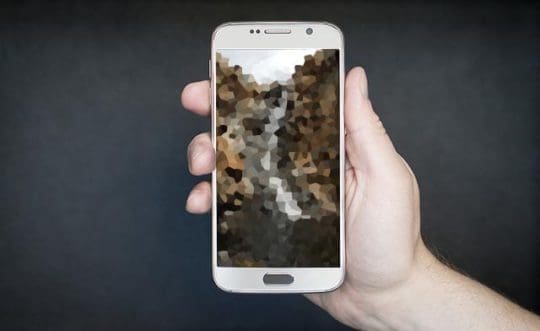
If your Android friends have ever complained about the quality of videos and images that you’ve sent, just know that they’re not exaggerating.
There’s actually a very noticeable downgrade in quality when sending content from an iOS device to and Android device. That blurriness isn’t as prevalent when sending media from an Android to an Android — and it’s non-existent when sending from iPhone to iPhone (provided iMessage is enabled).
Basically, it all comes down to green bubbles versus blue bubbles. As you’re probably aware, blue bubbles are based on Apple’s proprietary iMessage technology. Green bubbles are standard SMS messages.
Because Android devices can’t use iMessage, any video or photo send to an Android device will be sent over SMS. The problem can plague group messages, too. All it takes is one Android user in a thread to cause all the messages to be sent over SMS.
This occurs because iMessage is incredibly well-integrated and efficient — Apple handles data delivery from one point to another. Once you send something via SMS, your carrier gets involved and that data gets terribly compressed.
While data compression affects all images and videos, it typically impacts larger or high-quality images the most. Videos are also heavily affected, and usually, end up extremely blurry and unwatchable.
A few alternatives
As we mentioned, there isn’t any way around cross-operating system data compression. But if you have a piece of content that you absolutely must send out in a decent quality, there are some good workarounds.
Most of these require an additional step beyond just sending an image off. But if quality is more of a priority than convenience, they’re solid solutions.
Send an iCloud photo link
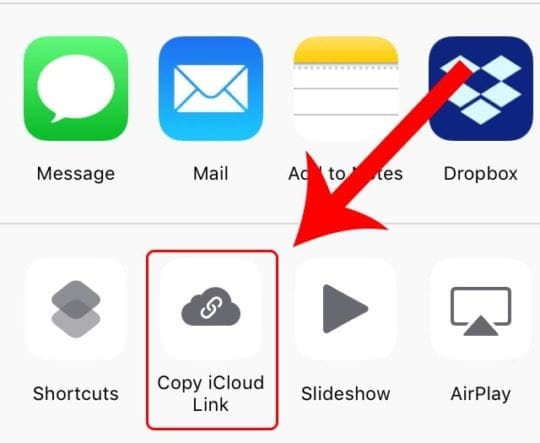
One of the simplest ways to send an uncompressed image or video to another user is to send an iCloud photo link. Rather than sending over SMS, an iCloud Photo Link will create a static URL that anyone on any device can click on and view.
To send an iCloud Photo Link, just go into Photos and choose the images or videos you want to send. Then, tap the Share sheet icon and tap Copy iCloud Link — you’ll send this link to anyone you want.
Keep in mind that this URL isn’t privacy-protected. Anyone with the link can view it. So only send it off to trusted contacts. iCloud Photo Link has seen its fair share of criticism in the past for being clunky or unreliable — if you’re experiencing issues, you can check our troubleshooting guide for help.
Use a third-party messaging app
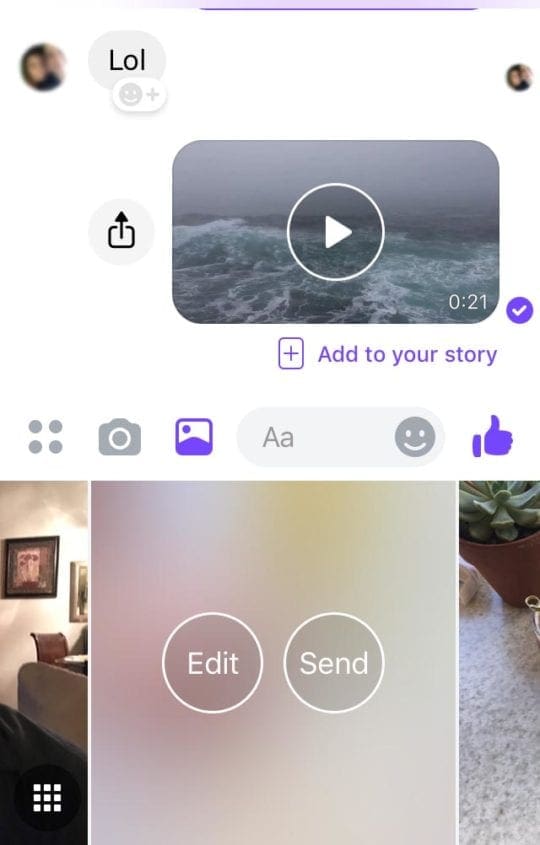
A third-party messaging app is one of the most accessible workarounds because you likely already use one of them. We’re talking popular options like WhatsApp, Facebook Messenger or Signal.
These messaging services don’t use SMS, so the photo and video quality will remain relatively untouched when you send media.
Of course, many messaging apps do have limitations on file size. So just be aware of that if you’re trying to send a particularly unwieldy media file.
The method for sending content will vary depending on the exact messaging app that you use, but it’s usually pretty simple. Because of that, we’ll refrain from adding any in-depth instruction there.
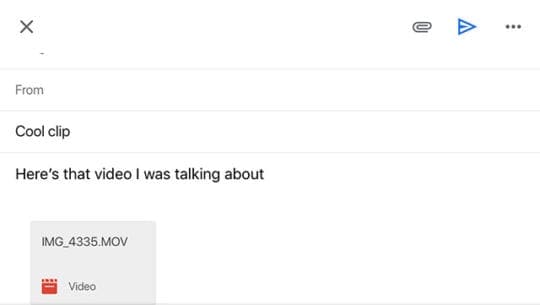
Sure, email seems like a relic from the dinosaur age, but it could be a solid solution to avoid blurry images or videos.
Media sent via email won’t be nearly as compressed. In fact, many email clients actually let you send any type of content in its original, uncompressed form. (Though, of course, there are exceptions.)
So while it may feel archaic, it works — even for large batches of videos or images. So fire up your email client, choose the media content you want, and shoot the email off.
Use a third-party cloud storage service

The methods described above work well enough, depending on the size of the content you’re trying to send. But if your video file is larger than normal, it may be worth opting for a third-party cloud storage system.
There are plenty of options out there, including Dropbox and Google Drive. For the purposes of this article, we’ll stick with Dropbox.
As long as you have the Dropbox app, it’s relatively simple to add a media file to your cloud storage. Once there, you can send it off to another user in a static link.
The recipient will be able to view and download this link on any device. If they’re a Dropbox user as well, they’ll also be able to save it to their own Dropbox accounts.

Mike is a freelance journalist from San Diego, California.
While he primarily covers Apple and consumer technology, he has past experience writing about public safety, local government, and education for a variety of publications.
He’s worn quite a few hats in the journalism field, including writer, editor, and news designer.



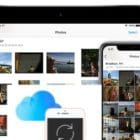
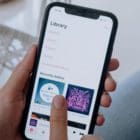
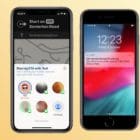


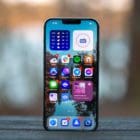

I get that this is an apple site, but outright lying in the article is a bit ridiculous. I’ve convinced several people to switch to Android because the camera quality, speaker quality, apps, maintenance, privacy settings, and so much more are so superior to Apple. That and android doesn’t break every time a new version comes out… cheers Apple.
There are way more Android users than iPhone users – so it would make more sense for you to suggest the iPhone users switch to Android.
Typical Apple user attitude?
I am amazed that most apple users think that it’s cool that Apple intentionally doesn’t work with other platforms. When I had an android I could send videos to my kids with I phones no problem but their videos looked like crud. I am a realtor and I use a lot of video to communicate with my clients. I don’t have time for this nor should I have to. Apple’s big selling point is everything just works no glitches, but only if you exclusively comunicate with other apples
Well I mean it is an apple site. I still had to use sms on apple when I had one as well due to data confinements. Came to find why videos sent from some people had no sound.
New the issue already but searched for some solutions to this, which led to your article.
Seems Apple is the problem and not Android. Android is cross platform and cross brand. Apple is the one locked down. Better to switch from Apple to Android instead of the opposite.
With Android having an 87% world wide market share it would be easier to get iphone users to switch. Or just block iphone user texts. It would only be a 13% loss of content.